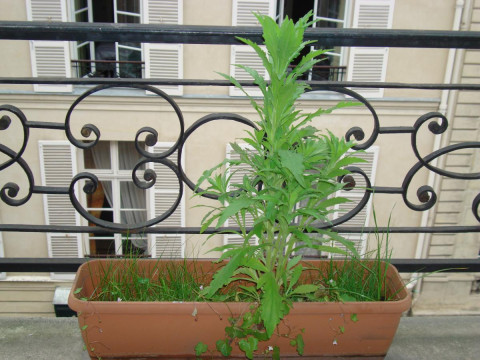What is urban biodiversity?
Cities have been built on land that was previously occupied by natural or cultivated areas. Humans have shaped these territories into a mosaic of built-up areas and green spaces intersected by communication routes. They have thus had a strong influence, sometimes without knowing it, on the biodiversity of urban areas.
Species that inhabit cities:
To begin, here is an interview with Nathalie Machon, a professor at the Muséum national d'Histoire naturelle, who answers students' questions about wild plants.
Domesticated species
All over the world, the plants and animals that cohabit with humans in cities are more or less the same. Some species are pampered, cultivated, domesticated and find their place in the city. City dwellers have chosen and selected them: cats, dogs, parakeets... to keep them company; geraniums, butterfly trees... to flower their balconies or gardens; plane trees, horse chestnuts... to green their avenues.
Wild species
Other species benefit from the presence of humans without their knowledge; they find shelter, food and even means of transport with city dwellers. The high concentration of humans producing considerable volumes of waste feeds this urban biodiversity, which can sometimes form large populations of rats, cockroaches and nettles, for example. Vehicles, the soles of shoes, the bottoms of trousers or the hairs of sweepers are all vectors for the movement of plant seeds. The most sensitive species, which do not tolerate human agitation, live in the city in little-frequented woodlands, cemeteries, or on the banks of watercourses that are difficult to access.
Several of these species, butterfly trees or parakeets, for example, come from domestic species that are so well acclimatised to the urban environment that they have "escaped" from gardens and houses to settle in other areas of the city and form wild populations. These are the feral species.
Plants take advantage of all the interstices to settle, they are abundant in the city and provide many services. Some, often the prettiest, are known and appreciated: daisies, poppies, etc., but most are unknown to city dwellers.

